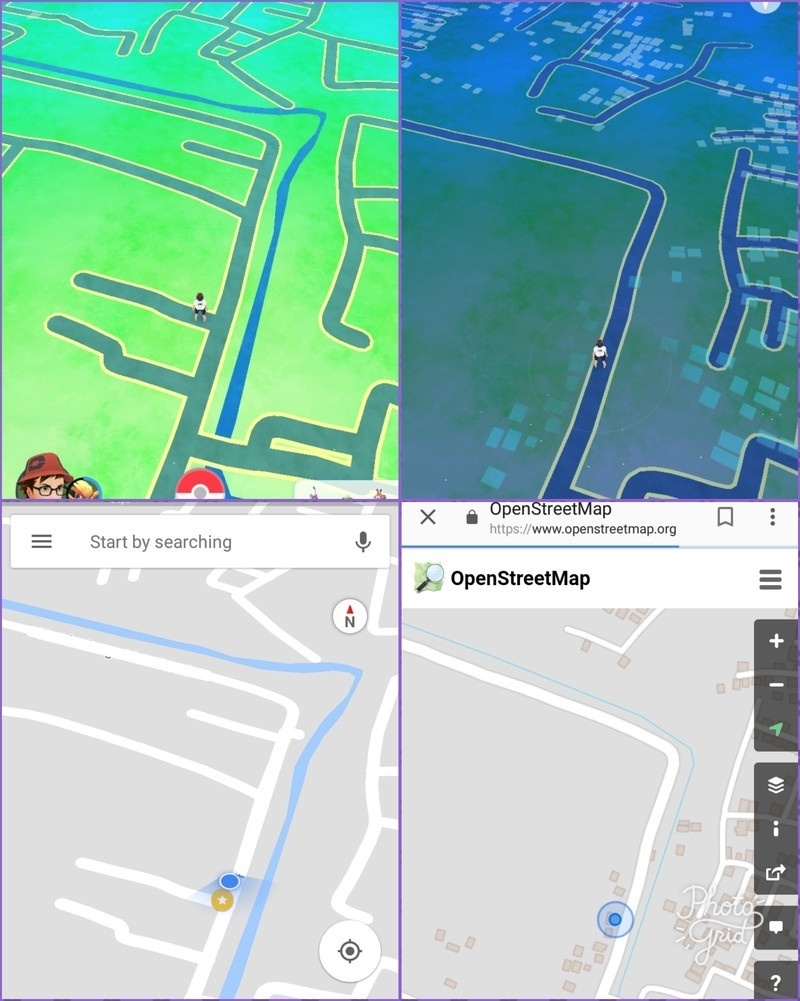Next time you load up Pokémon Go, you might find the in-game map looking a lot different. Niantic quietly updated the game to use a different source for its landscapes, switching from Google Maps to an open-sourced mapping service.
Players first began noticing that the visual overlay of the world in Pokémon Go looked different late last week. The rollout appears to be gradual, with just a handful of countries deriving their maps from OpenStreetMap, a crowdsourced world map. These include several South American and Asian countries, with the United States being one of the most recent places to take advantage of the alternative mapping data.
The key feature of OpenStreetMap is that it allows users to submit their own data about geographic features and locations. That means that while much of what’s included on it mirrors Google Maps, there may be other landscapes appearing in your Pokémon Go where there weren’t any visible before — or vice versa.

The potential issue with OpenStreetMap is that anyone can edit it; as a collaborative world map, the goal is for people to honestly populate it with true locations. Yet it may be hard to confirm that certain areas exist where users claim that they do, and homeowners may be surprised to find that their houses aren’t represented.
Players who have logged into the game following the update, only to find that their populous area now looks something more like a field, are running into this issue. Radical changes like these are how users were able to put together that Niantic had deviated from the Google Maps API, instead turning to OpenStreetMap.
So far, many players are expressing concerns about the change in mapping data. While it doesn’t appear to have had any effect on where Pokémon can be found — or on third-party trackers that help players locate Pokémon in-game — the switch to OpenStreetMap has transformed many lively Pokémon Go areas into barren wastelands.
The good news is that OpenStreetMap is editable by anyone, so players can go add missing familiar spots back into it. (It’s not yet clear how quickly Niantic will refresh the data, however.) The official OpenStreetMap blog has a set of recommendations for users looking to make the project friendlier to Pokémon Go players as well.
As for why Niantic made the gradual and tacit change, we’ve reached out for more information. We’ll update accordingly.
